Leave Conduit Joints Unglued For Rough Inspection?
John Liu
12 years ago
Featured Answer
Comments (8)
Ron Natalie
12 years agoRon Natalie
12 years agoRelated Professionals
Albany General Contractors · Annandale General Contractors · Asheboro General Contractors · Florham Park General Contractors · Hampton General Contractors · Jackson General Contractors · Langley Park General Contractors · Lighthouse Point General Contractors · Owosso General Contractors · Williamstown General Contractors · Westmont General Contractors · Vienna Handyman · East Brunswick Solar Energy Systems · Lake Mary Solar Energy Systems · Ferndale Home Automation & Home MediaDavidR
12 years agoRon Natalie
12 years agokalining
12 years agoRon Natalie
12 years agobrickeyee
12 years ago
Related Stories

CONTRACTOR TIPSYour Complete Guide to Building Permits
Learn about permit requirements, the submittal process, final inspection and more
Full Story
FARM YOUR YARDHow to Build a Raised Bed for Your Veggies and Plants
Whether you’re farming your parking strip or beautifying your backyard, a planting box you make yourself can come in mighty handy
Full Story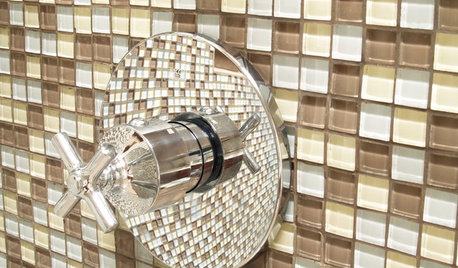
BATHROOM DESIGNConvert Your Tub Space to a Shower — the Fixtures-Shopping Phase
Step 2 in swapping your tub for a sleek new shower: Determine your mechanical needs and buy quality fixtures
Full Story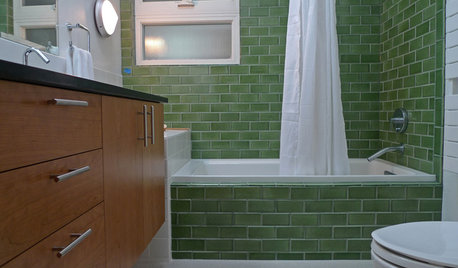
BATHROOM DESIGNBathroom Surfaces: Ceramic Tile Pros and Cons
Learn the facts on this popular material for bathroom walls and floors, including costs and maintenance needs, before you commit
Full Story
REMODELING GUIDESCool Your House (and Costs) With the Right Insulation
Insulation offers one of the best paybacks on your investment in your house. Here are some types to discuss with your contractor
Full Story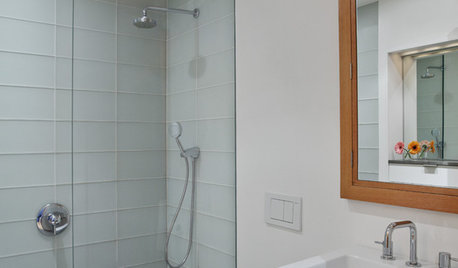
BATHROOM DESIGNConvert Your Tub Space to a Shower — the Planning Phase
Step 1 in swapping your tub for a sleek new shower: Get all the remodel details down on paper
Full Story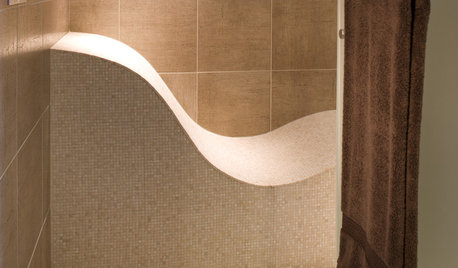
REMODELING GUIDESTop 10 Tips for Choosing Shower Tile
Slip resistance, curves and even the mineral content of your water all affect which tile is best for your shower
Full Story
KITCHEN DESIGNKitchen Countertops 101: Choosing a Surface Material
Explore the pros and cons of 11 kitchen countertop materials. The options may surprise you
Full Story
KITCHEN CABINETSChoosing New Cabinets? Here’s What to Know Before You Shop
Get the scoop on kitchen and bathroom cabinet materials and construction methods to understand your options
Full Story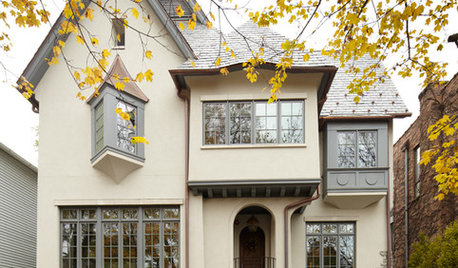
HOUSEKEEPINGHow to Tackle Your Home To-Dos
Make quick work of minor repairs and replacements with this thorough, step-by-step approach
Full StoryMore Discussions







Ron Natalie